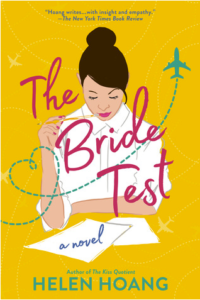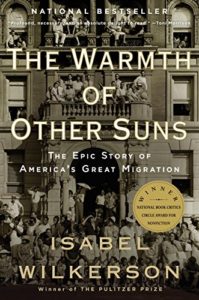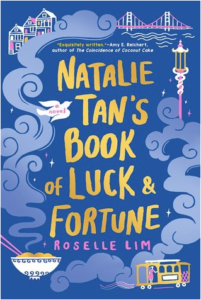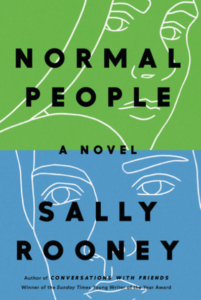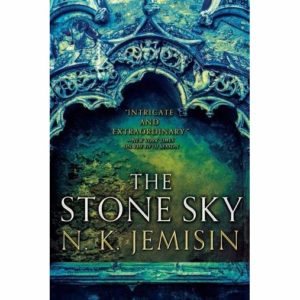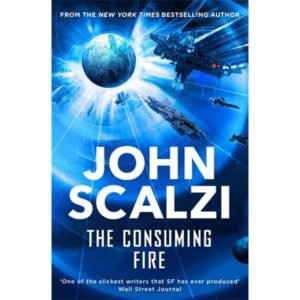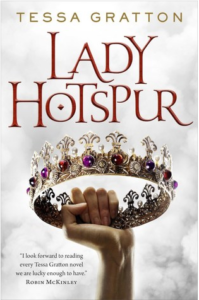Man, I dig a morally ambiguous lead character as much as the next person (V. E. Schwab’s Villains series, the badass coven of Hannah Capin’s upcoming Foul Is Fair) but this was waaaaay not that. Aina Solis is an orphan whose parents were killed for practicing their pacifist religion in Kosin, the titular Diamond City. After years of living on the streets and sniffing glue, she’s recruited by the Blood King, Kohl Pavel, to became a member of his crew, more specifically an assassin known as a Blade. Fast forward six years and Aina has become Kohl’s right hand. He promises her permission to open her own tradehouse (basically, her own gang) if she completes one last lucrative job for him: assassinate Kouta Hirai, one of the richest men in the city.
 Naturally, things go wrong, and Aina soon finds herself discarded and worse by the man she’s always looked to as a role model and object of affection. Determined to prove herself to him, she enters into a treacherous alliance with Ryuu, Kouta’s youngest brother, to fulfill her mission and regain Kohl’s trust and the future he’s promised her.
Naturally, things go wrong, and Aina soon finds herself discarded and worse by the man she’s always looked to as a role model and object of affection. Determined to prove herself to him, she enters into a treacherous alliance with Ryuu, Kouta’s youngest brother, to fulfill her mission and regain Kohl’s trust and the future he’s promised her.
I mean, if this is meant to be a book about not trusting people who promise you whatever you want in some hazy future so long as you accept abuse in the present, then I guess it’s job well done (tho it legit boggles my mind that she thinks he’s going to allow her to set up a rival shop in the same city. Maybe in another city, but in the same one? There’s just no way.) And there are moments of reflection that are truly insightful, into the welter of teenage emotion and romance and class consciousness. But oof, the lack of rigor that went into building, well, everything else.
First, Aina is a terrible assassin. She’s hyped up as this super badass but all you see in this book is her botching mission after mission while Kohl’s often conflicting advice plays in her head. But she’s given incredibly stupid opponents to make her look better, like the guy who comes looking for her in the bar. No way in hell would a guy who runs a gambling den a) do his own dirty work, especially if b) he doesn’t even know how to use the gun he’s waving around. We keep being told she’s awesome despite evidence to the contrary, which is just as annoying as her constant musing over whether her “life is sacred” parents would be proud of her work as an assassin. I’m gonna guess that’s a hard no, Aina!
And she wears a scarf that she constantly dyes in the blood of her victims like that isn’t super disgusting, both stink- and hideous brown-grey color-wise. She wanders around in it and no one gags and points at her all “wtf?!” Instead, she actually gets compliments over the color, which is mind-boggling to anyone who’s ever had to stress over period stains. Actually, a lot of the attitude to dress here makes no goddamn sense, as she pretty much swans around in the same outfit whether crawling through sewers or attending a high-class ball, all in the same night, and no one fucking says anything! The world-building details also make no goddamn sense, especially in the technology: photography is rare but used for cleaning crew ID (but not security guard ID?!) and plastics are used primarily to make the bags that addicts use to sniff glue. Oh, and she can dodge bullets. No bog-standard human, no matter what setting, can dodge bullets, not without some sort of physical augmentation. The world-building is entirely one of convenience for the protagonist’s journey, and it makes me livid. Just because it’s a fantasy novel doesn’t mean the laws of logic don’t apply.
Also? I found Aina’s sense of tribalism incredibly off-putting. She kills dozens of people, innocent or otherwise, in this book but the only time she shows mercy is when her intended victim either shares a background or religion with her. That is literally as gross as a mass shooter not wanting to hurt someone because they’re also white.
Diamond City tries for edgy but just ends up flat and unbelievable, to the point of ludicrous. The writing itself isn’t terrible, and there are some decent ideas in there, but someone really needs to hold Francesca Flores to a minimum standard of sense-making.


